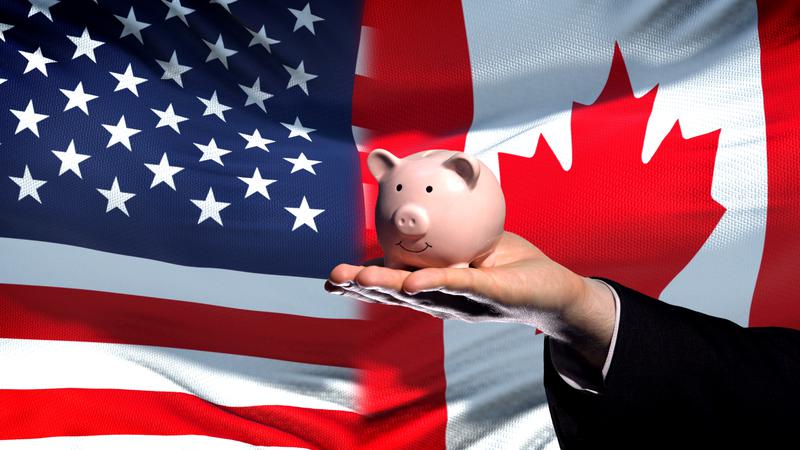
Market Watch: Feb. 28, 2025
This week’s highlights
- Uncertain U.S. tariff agenda leads to weakening of consumer sentiment
- Bond markets supported by risk-off sentiment amid uncertainty
- Inflation in Canada rises to 1.9%, with higher energy prices offsetting GST break
- U.S. retail sales decline more than expected in January
- U.K. inflation reaches 10-month high, complicating Bank of England’s rate path



